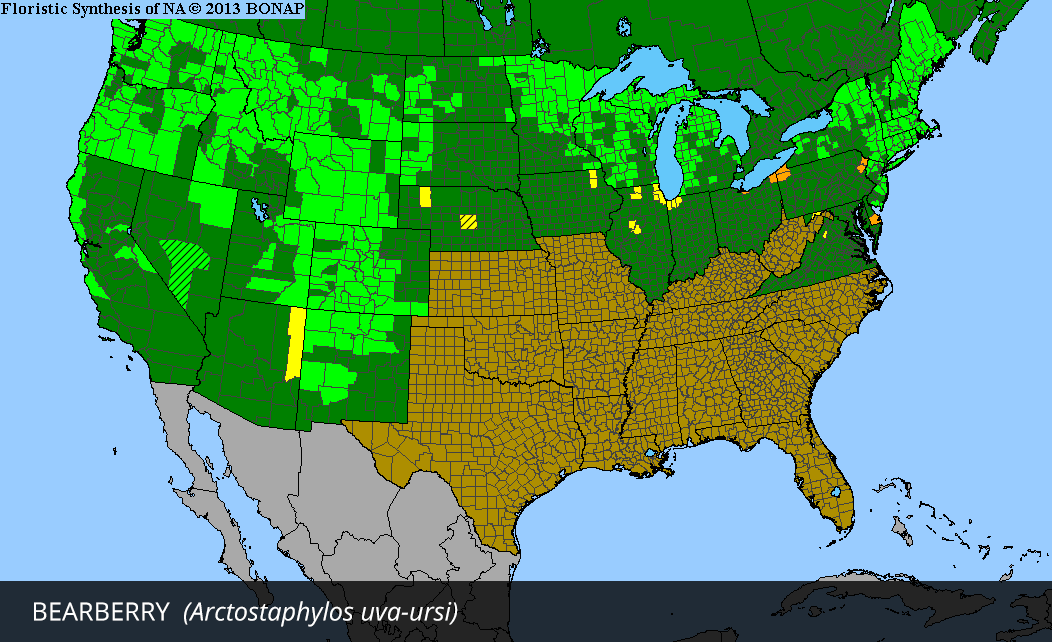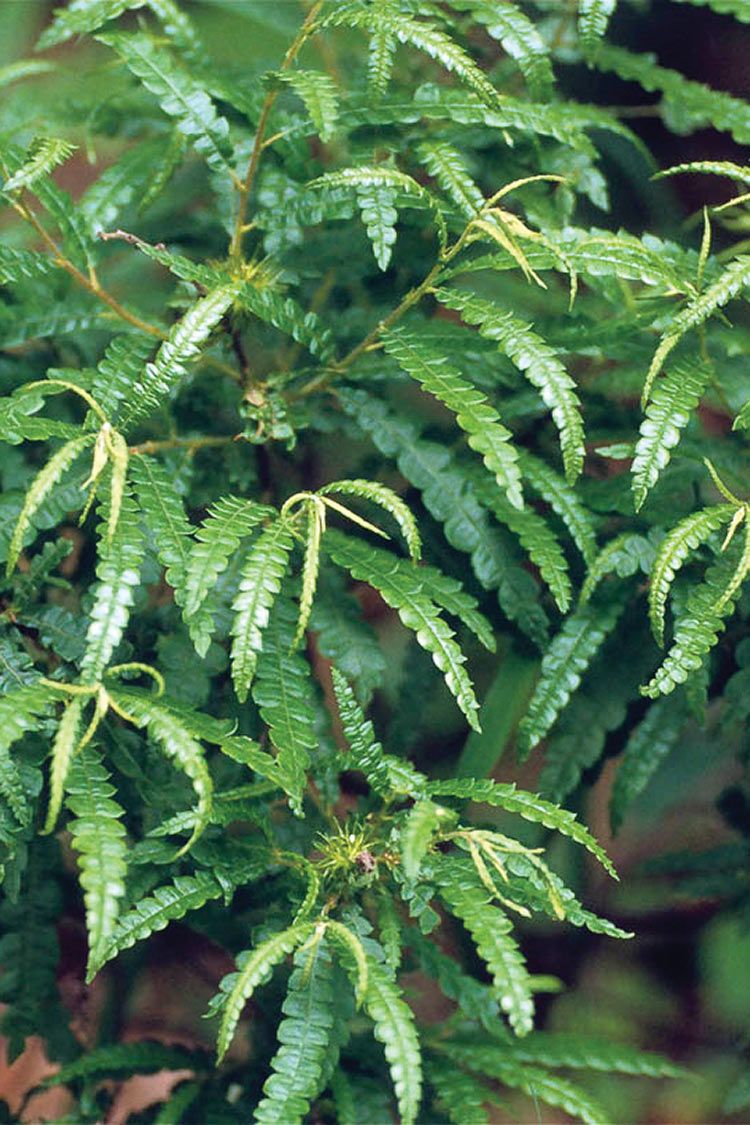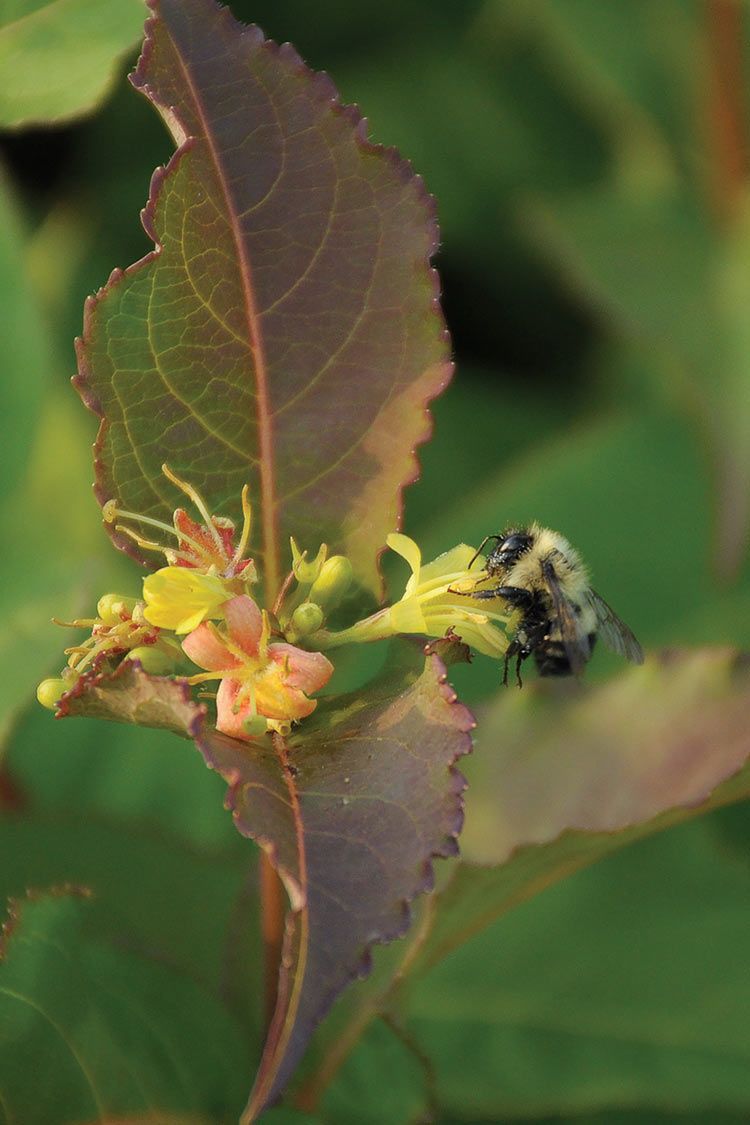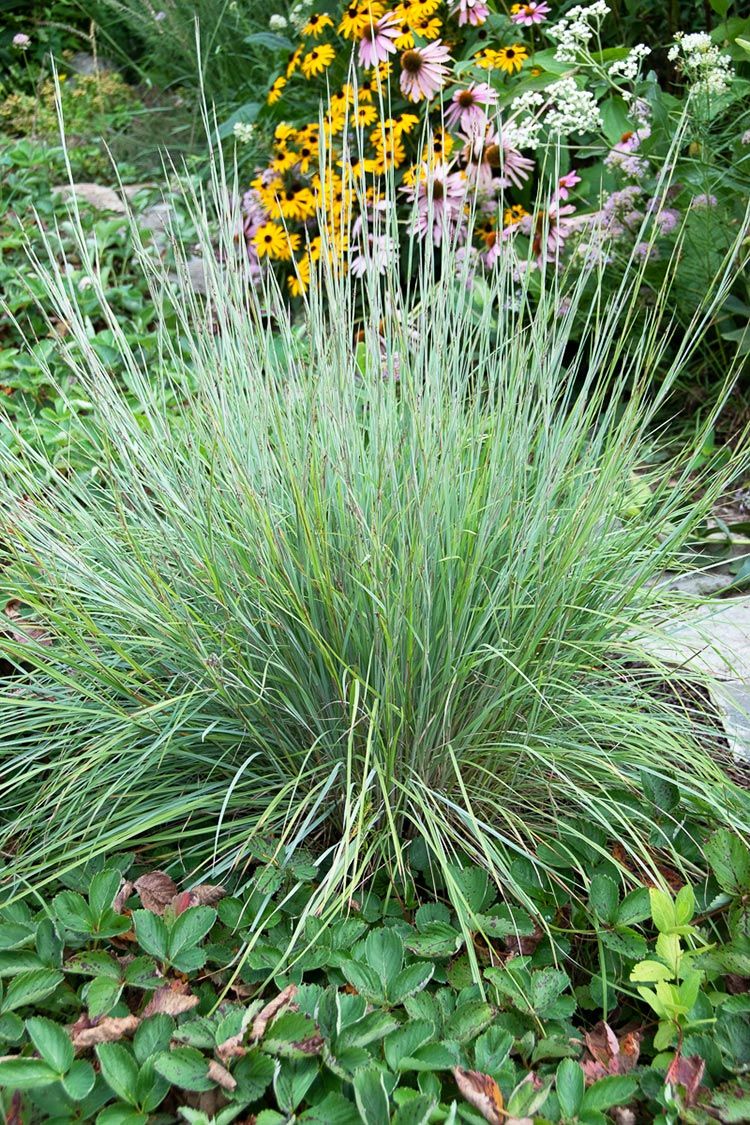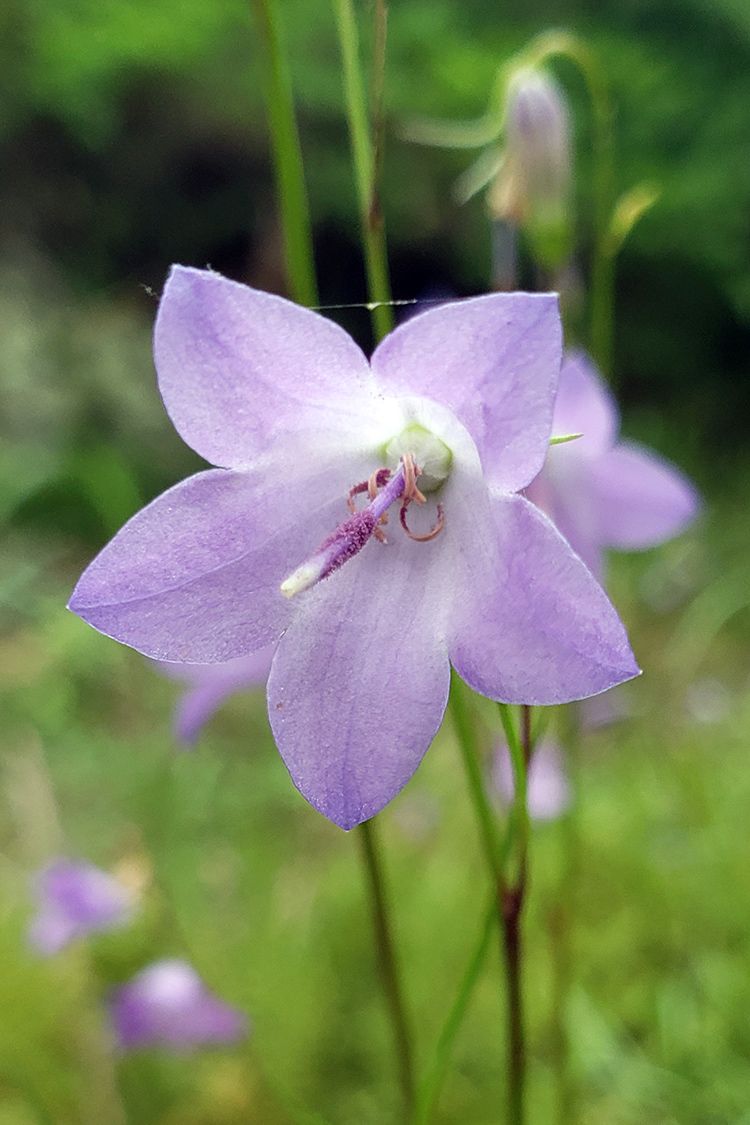Bearberry
Extremely hardy, Bearberry forms an attractive dense groundcover in situations where few other plants can survive. Spreading gradually by surface rhizomes to form a mat, it grows naturally near sandy beaches and dry rocky slopes. Perfect for rock gardens, Bearberry looks great trailing over a garden wall …
| Soil Type | Gravel, Loam, Sand |
|---|---|
| Soil Moisture | Dry, Medium |
| Sun Exposure | Full Sun, Partial |
| Height | 6" - 1' |
| Bloom Color | White, Pink |
| Bloom Time | Apr, May, June |
| Spacing | 2' |
| Zones | 2, 3, 4, 5, 6, 7 |
| Root Type | Rhizome |
| Benefits | Hummingbirds, Host Plant, Deer Resistant |
Extremely hardy, Bearberry – Arctostaphylos uva-ursi – forms an attractive dense groundcover in situations where few other plants can survive. Spreading gradually by surface rhizomes to form a mat, it grows naturally near sandy beaches, on dry rocky slopes, and open woodlands in sandy or rocky soils. Bearberry is actually a trailing sub-shrub and less than one foot tall. A single plant can form a bushy dense mat, 6-12 inches high and spreading 3 – 6 feet. Caution is needed in siting this plant as it can easily overwhelm other plants once it gets going (the first year is slow growth). Sweet Fern is a good companion. Plant it along with other plants that are similarly strong spreaders, or perennials that are taller than the bearberry and have a large root system. Little Bluestem may be a good grass companion.
The glossy dark green foliage of Bearberry is somewhat evergreen – turning a purplish bronze color in the winter and greening-up again in the spring. Dainty lantern-shaped white-to-pink fowers appear in mid spring, and last for several weeks. Perfect for rock gardens, it looks great trailing over a garden wall. The bright red berries that follow are eaten by birds and small mammals, while the plant itself is deer resistant. Bearberry is a host plant for several butterfly species including Hoary Elfin, Brown Elfin and Freija Fritillary.
Once established Bearberry is a highly drought tolerant plant. It requires a well-drained, acid soil with a pH between 4.0 and 6.0 – it will not grow on clay. Established plants do not respond well to being moved, so choose the site well.




